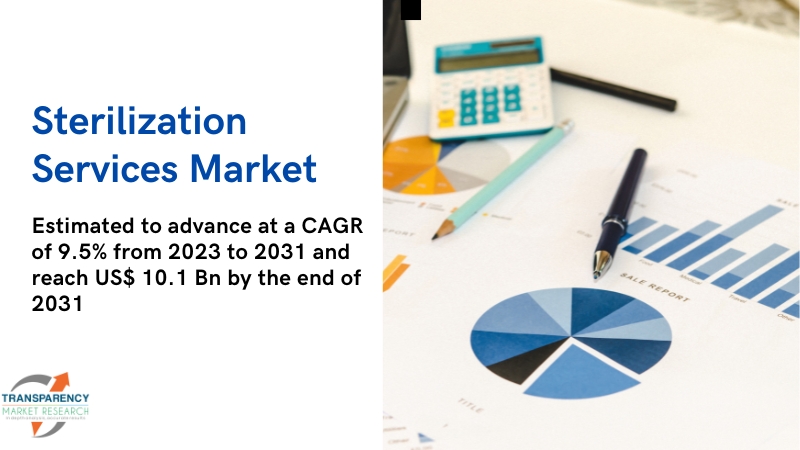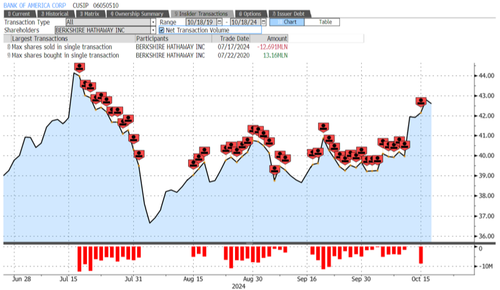
Torsten Asmus Market Review: Balancing Act Notwithstanding the (seasonally affected) early-year bump in the long and winding road towards its long-run target level, measured inflation moderated in the second quarter to fall back in line with the broader trend observed over the past twelve months. Both core CPI and core PCE - the latter being the Federal Reserve's (Fed's) preferred measure of inflation in the U.S.
economy - fell on a year-over-year basis to levels not seen since 2021, clearly indicating some degree of success on the Fed's part after launching the most aggressive hiking cycle in decades. Indeed, the quarter closed with core PCE coming in at 2.6% annually, breaking through the 2.
8% year-end floor projected by the Fed at its June Federal Open Market Committee (FOMC) meeting. Despite this progress, Fed officials continued to push back on expectations by preaching patience, emphasizing data dependency, and cautioning against easing policy too soon, for fear of reigniting inflationary pressures. With this, the prospect of a potential rate hike gained traction in April and caused an early-quarter surge in U.
S. Treasury yields that was unable to be fully reversed by bond-friendly data releases in May and June, ultimately resulting in the 2-Year yield ( US2Y ) up 14 basis points (bps) over the period while the 10- ( US10Y ) and 30-Year ( US30Y ) increased 20 and 21 bps, respectively. Though inflation and the timing of rate cuts have drawn the most attention, the other side of the Fed's mandate, employment, has quietly weakened in the background.
Commonly referred to as "out of balance" by Fed Chair Jerome Powell throughout this cycle, the labor market has faded demonstrably in recent months with unemployment up over 50 bps from cycle lows to 4.0% and job openings, a key measure of labor demand, at the lowest level in three years. Further, wage gains - a hallmark of pandemic-related dislocations in labor markets as workers voluntarily left jobs for better pay - have slowed, with the voluntary quits rate falling along with it.
Such developments heighten the risks of monetary policy decisions; what was once a tighten- at-all-costs approach to combat inflation and restore balance to the labor market is now a much more nuanced proposition given the rise in unemployment with inflation not yet at target levels. Equity markets seemed unfazed by the potential downside en route to a 4.3% gain in the second quarter, bringing the year- to-date advance to 15.
3% by the S&P 500 Index. ( SP500 , SPX ) However, these gains have been largely driven by the top cohort of names in the Index, with the equal-weighted version down 2.6%, perhaps painting a more realistic picture of current conditions.
Fixed income returns were more subdued, with the Bloomberg U.S. Aggregate Bond Index up just 0.
1% in the quarter, though the near 50 bps increase in U.S. Treasury yields across the curve from start of year levels dragged the asset class to a 0.
7% year- to-date loss. Equity-like enthusiasm (and a persistent demand for yield) carried over into the corporate sector, however, as the Bloomberg U.S.
High Yield Index notched a 1.1% gain for the quarter and led fixed income sectors on a duration-adjusted basis. Higher quality cohorts outperformed, with BB and B rated bonds gaining 1.
3% and 1.0% and outpacing Treasuries on a duration-adjusted basis by 65 bps and 24 bps, respectively. Meanwhile, CCC rated bonds were flat, but trailed on a duration- adjusted basis.
Though yield premiums remain near their historical lows across the high yield sector, the second quarter produced some decompression from tights among Bs (+13 bps) and CCCs (+91 bps), the latter driven wider by idiosyncratic credits facing liability management exercises (LMEs), cash flow constraints, and business model challenges. Interestingly, spreads for performing CCC credits are closer to 500 bps, indicating strong investor demand for even low-quality credits that aren't deemed to be in distress. From a sector perspective, financials led with a return of 1.
6%, boasting strong performance across industries including brokers, banking, and insurance, followed by utilities up 1.5%. Industrials returned just over 1.
0%, held back by underperformance in the communications sector, though this was matched by strong performance across most other industries, including consumer non-cyclicals, energy, and basic industry. After the rate backup in April, the leveraged loan asset class experienced a $2 billion inflow in the first week of May to mark the largest inflow in two years. Increased demand drove yield premiums lower by 13 bps on the quarter and resulted in nearly 70% of loans trading above par in June, while also driving outperformance of the "riskier" CCC cohort.
Despite this strong performance, recovery outcomes for more distressed borrowers remain near the lowest levels on record due to recent periods of weak covenants and legal wrangling among lenders. Performance The MetWest High Yield Bond Fund I-Class ( MUTF: MWHIX , "Fund") gained 1.06% (net of fees) during the second quarter of 2024, while the Bloomberg U.
S. High Yield 2% Issuer-Capped Index ("Index") gained 1.09%.
Positioning was largely unchanged over the quarter, with the Fund maintaining an underweight to industrials and utilities and a modest overweight to financials (on a spread duration basis), though trimming continued in areas where valuations continued to improve. Within industrials, the Fund maintained an emphasis on non-cyclicals, which rewarded returns given strong performance in the sector, however, issue selection detracted as Fund holdings trailed those in the Index. Conversely, the overweight to communications detracted as the sector underperformed, though issues held in the Fund outperformed those in the Index, contributing to relative returns.
A further headwind came from the underweight to energy, and issue selection among cyclicals and capital goods. Meanwhile, modest contributions came from the allocation to bank loans as the sector outperformed high yield credit for the quarter, and from the emphasis on better performing higher quality credits. Outlook & Positioning A turn of the calendar from June to July marks the two-year anniversary of the U.
S. Treasury yield curve's inversion and one year since the Fed last raised rates. And while some may argue that the avoidance of an immediate slowdown (i.
e., negative GDP) in the face of such milestones indicates some newfound immunity to restrictive policy, mounting stress at the consumer and corporate level instead suggests that this time is likely no different, even if the total effects have yet to fully materialize. Recent delinquency data reveals that prime borrowers are beginning to suffer along with lower income consumers as the impacts of higher prices, higher rates, and tighter credit conditions take their toll.
Meanwhile, many corporations have underperformed earnings expectations and reduced forward guidance, citing increased consumer frugality as one of the primary reasons. After multiple quarters of companies passing higher prices through to end-users, it is becoming increasingly clear that pricing power is subsiding, leaving capex or headcount reductions the primary means to protect margins - all of which portend negative impulses to economic growth. An increasing number of over-levered businesses have chosen to pursue LMEs (Liability Management Exercises) to address near-term maturities to avoid default, or to de-lever by capturing discount in their bonds.
But these are short-term solutions that transfer assets out of the reach of longer-dated creditors and use them to address near-dated debt, preserving optionality for the lower tiers of the capital structure, particularly the equity, at the expense of more senior creditors. Traditional restructurings (i.e.
court-mediated bankruptcies) would better serve these companies as they offer more substantial deleveraging and unique protections (such as the ability to reject executory contracts and unexpired leases), ultimately leading to lower costs of capital. This potential stress, coupled with the Fed's resolute commitment to avoiding a 1970s style stagflation, increases the likelihood that it keeps rates too high for too long, ultimately eliciting a more forceful and abrupt shift in monetary policy than what is currently priced into markets that could result in a sharp steepening of the yield curve as the Fed moves to support the economy and fulfill the other side of its dual mandate. Given the potential for rising risks and volatility, and the scarcity of attractive risk adjusted opportunities in the high yield market, the Fund remains defensively positioned and has taken advantage of periods of market strength to opportunistically trim exposures or make relative value trades.
A strategic focus on higher quality, shorter duration credits and defensive sectors, and the avoidance of sectors more closely tied to consumer spending and cyclical volatility, should help insulate performance in periods of elevated volatility and ensure the Fund has ample liquidity to deploy when more attractive opportunities arise. Current positioning maintains an underweight to industrials overall, but with a preference for communications and non-cyclicals (especially healthcare and food & beverage). Financials represent a small overweight with an emphasis on insurance credits (notably health insurance given attractive long-term fundamentals) and large money center banks in the U.
S. In addition, an allocation to high quality leveraged loans is maintained as their more senior position in the capital structure relative to bonds provides downside protection, and their floating rate nature offers attractive income potential, though issue selection is particularly important. Original Post Editor's Note: The summary bullets for this article were chosen by Seeking Alpha editors.
.














